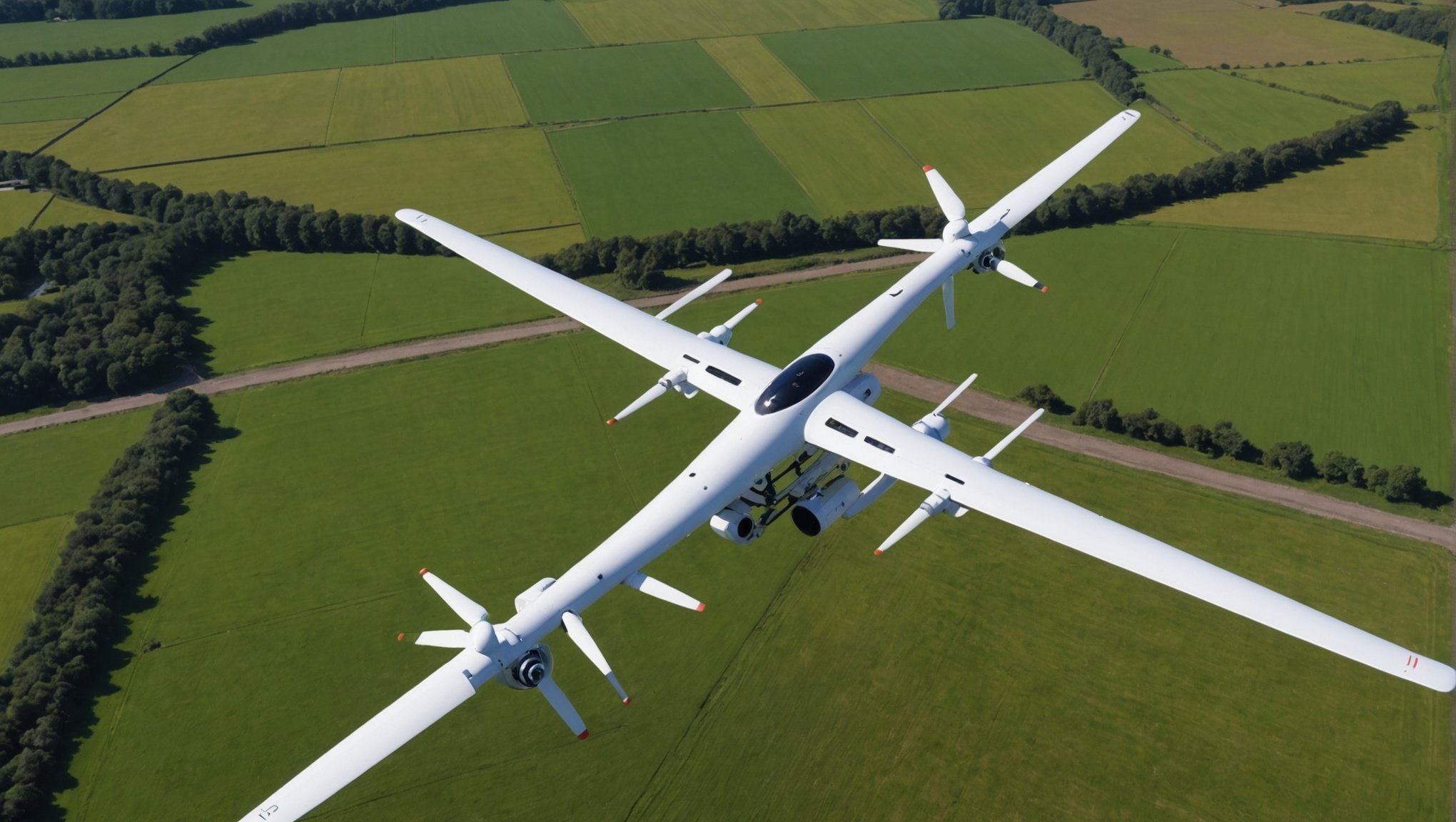In today’s agile software development landscape, Continuous Integration (CI) and Continuous Deployment (CD) structures have become indispensable. They ensure faster, more reliable, and scalable deployments. One of the standout tools in the realm of CI/CD is Drone, an open-source platform that integrates effortlessly with various programming languages, including Go (Golang). This article details how to set up a CI/CD pipeline using Drone for a Go project, providing you all the steps to streamline your development and deployment processes.
Understanding the Basics of Drone CI/CD
Before diving into the practical steps, let’s break down what Drone is and why it is beneficial for your Go projects. Drone is a container-native CI/CD platform that uses declarative pipelines to facilitate automated testing, integration, and deployment. Unlike its counterparts, Drone integrates seamlessly with your existing container ecosystem and offers a high degree of flexibility and scalability.
Also to discover : How can you use Azure DevTest Labs for rapid development and testing?
Drone’s automation capabilities ensure that your code commits are automatically tested, built, and deployed. This minimizes the chances of introducing bugs and maximizes development efficiency. To leverage Drone for a Go project, you’ll need to understand its core components, such as pipelines, steps, and plugins.
Setting Up Drone for Your Go Project
Now that you have an overview of Drone’s capabilities, let’s get into the nitty-gritty of setting it up for your Go project. The first step is to install and configure Drone on your server. Drone supports a variety of installation methods, including Docker, Kubernetes, and binary installations. For simplicity, we’ll focus on the Docker setup.
Have you seen this : How can you use AWS Step Functions to orchestrate microservices?
Installing Drone Using Docker
-
Pull Drone Docker Image: Run the following command to pull the Drone Docker image.
docker pull drone/drone:latest -
Run Drone Server: Execute the following command to run the Drone server container.
docker run --volume=/var/run/docker.sock:/var/run/docker.sock --volume=/path/to/drone.sqlite:/data/database.sqlite --env=DRONE_GITHUB_CLIENT_ID=<YOUR_GITHUB_CLIENT_ID> --env=DRONE_GITHUB_CLIENT_SECRET=<YOUR_GITHUB_CLIENT_SECRET> --env=DRONE_RPC_SECRET=<YOUR_RPC_SECRET> --publish=80:80 --restart=always --detach=true --name=drone drone/drone:latest -
Configure Drone: Access the Drone server by navigating to
http://your-server-ip. Follow the prompts to link your GitHub repository and finalize the setup.
Configuring Go Project for Drone
With Drone installed, the next step is to configure your Go project to work with Drone. This involves creating a .drone.yml file at the root of your repository. This file defines the pipeline and steps Drone will execute.
Sample .drone.yml Configuration
Here’s a sample .drone.yml file for a simple Go project:
kind: pipeline
type: docker
name: default
steps:
- name: setup
image: golang:1.17
commands:
- go mod tidy
- go mod download
- name: test
image: golang:1.17
commands:
- go test -v ./...
- name: build
image: golang:1.17
commands:
- go build -o myapp
- name: deploy
image: plugins/s3
settings:
bucket: my-bucket
region: us-west-2
source: myapp
target: /path/to/deployment/
access_key:
from_secret: aws_access_key_id
secret_key:
from_secret: aws_secret_access_key
This configuration consists of four steps: setup, test, build, and deploy. Each step specifies an image and a set of commands to execute within that image.
Configuring Secrets and Environment Variables
In the .drone.yml file, you may have noticed the use of secrets for sensitive data like AWS credentials. These secrets need to be securely stored and managed.
Adding Secrets in Drone
- Navigate to Repository Settings: Go to your repository settings within the Drone UI.
-
Add Secrets: Add the necessary secrets such as
aws_access_key_idandaws_secret_access_key.
Using Environment Variables
Environment variables are another way to manage configurations that change between different environments (development, staging, production). You can define environment variables within the .drone.yml file or through the Drone UI.
steps:
- name: deploy
image: plugins/s3
environment:
AWS_ACCESS_KEY_ID: ${AWS_ACCESS_KEY_ID}
AWS_SECRET_ACCESS_KEY: ${AWS_SECRET_ACCESS_KEY}
settings:
bucket: my-bucket
region: us-west-2
source: myapp
target: /path/to/deployment/
This approach keeps your sensitive data out of your version control system, enhancing security.
Running and Monitoring the Pipeline
With everything set up, your Drone CI/CD pipeline is ready to go. Whenever you push code to your repository, Drone will automatically trigger the defined pipeline.
Monitoring Pipeline Runs
Drone provides a web interface where you can monitor the status of your pipelines. Each build step displays detailed logs, making it easier to debug issues. The interface also allows you to manually trigger builds and rerun failed steps.
Handling Failures and Notifications
Failures are inevitable in any CI/CD pipeline. Drone allows you to configure notifications to alert you when something goes wrong. You can integrate Drone with various messaging platforms like Slack, email, or even custom webhooks.
Here’s an example of how you might configure Slack notifications:
steps:
- name: notify
image: plugins/slack
settings:
webhook: https://hooks.slack.com/services/<webhook-id>
channel: "#ci-cd-alerts"
username: drone
template: >
Build {{build.number}} ({{build.status}}) for {{repo.name}}
started by {{build.author}}.
This configuration sends a message to your Slack channel whenever a pipeline starts, completes, or fails.
Best Practices for CI/CD Pipelines
To get the most out of your CI/CD pipeline, consider the following best practices:
- Keep Pipelines Short and Fast: Optimize your pipeline steps to reduce build times. Long-running pipelines can slow down your development process.
- Isolate Environments: Use containers or virtual machines to isolate each build environment, ensuring consistent results.
- Automate as Much as Possible: Automate not just testing and building, but also deployments, rollbacks, and notifications.
- Monitor Pipeline Metrics: Regularly review pipeline metrics to identify bottlenecks and areas for improvement.
By following this guide, you now have a comprehensive understanding of how to set up a CI/CD pipeline using Drone for a Go project. From installing and configuring Drone to defining your pipeline and managing secrets, each step contributes to a more efficient and reliable development process. Implementing a Drone CI/CD pipeline not only enhances code quality but also accelerates delivery timelines, making your team more agile and your deployments more robust. With best practices in place, you’re well on your way to streamlined, automated, and secure deployments.











